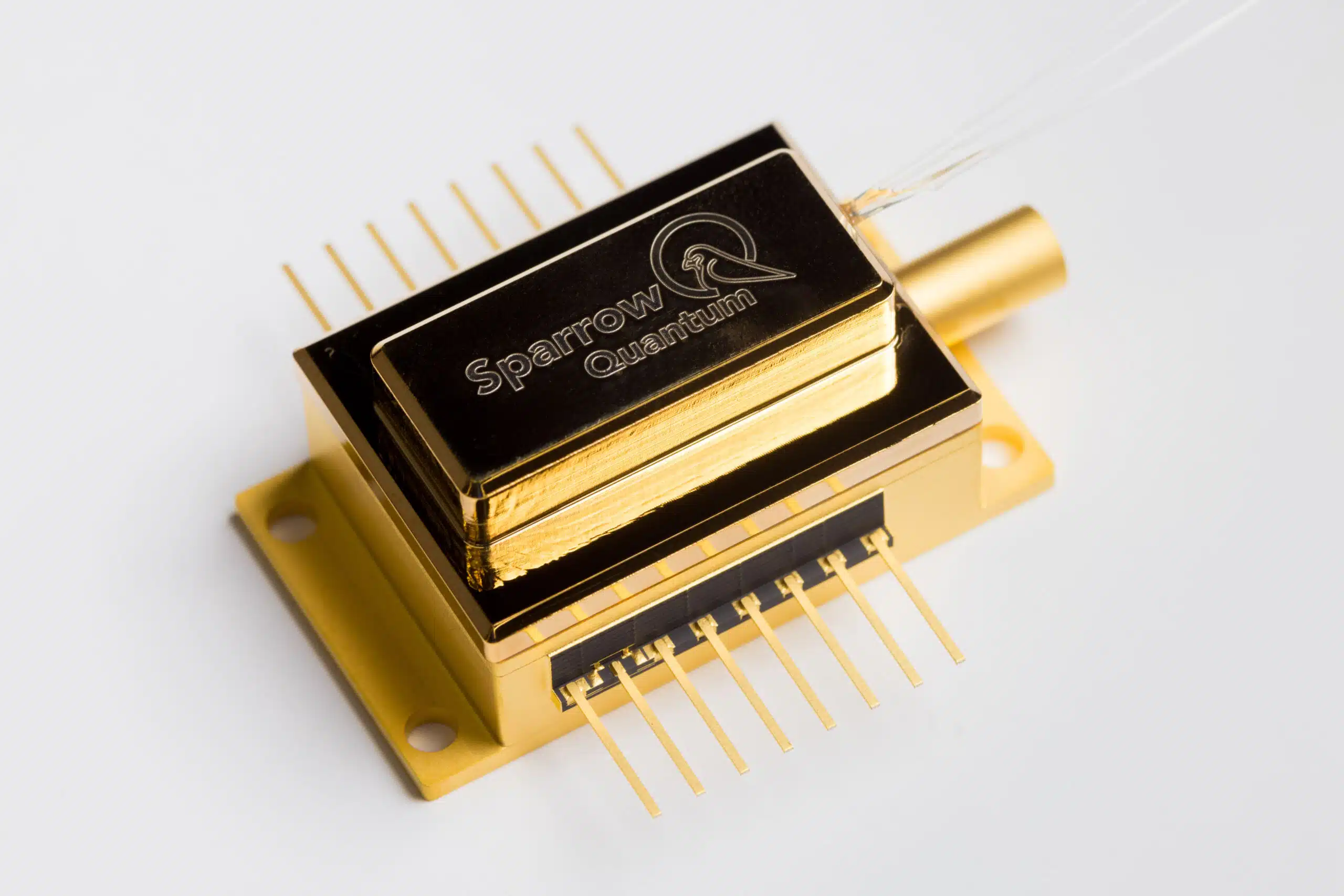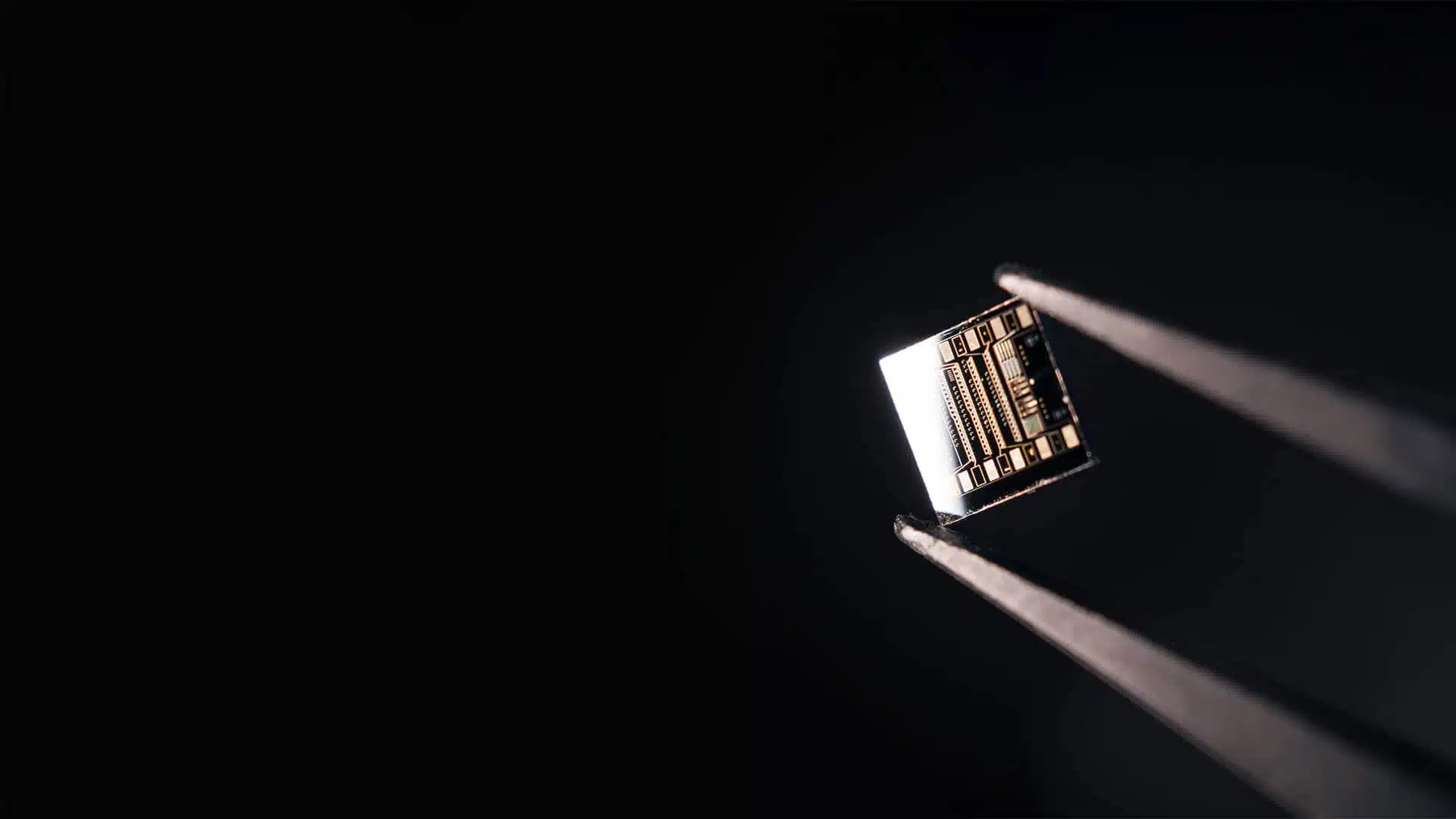The world of Quantum Technology is attracting increasing interest from public and private investors. But what is meant by Quantum Technology?
Let us take a step back.
The expression Quantum Science refers to that field of physics that studies the motion and interactions of microscopic particles at or below the scale of individual atoms. At these tiny length scales, particles exhibit behaviour that is profoundly different from that that is normally found. Quantum Technology therefore refers to the practical application of quantum physics in devices or algorithms.
There are three broad fields of application of Quantum Technology, all closely interrelated: Quantum Computing, Quantum Communications and Quantum Sensing.
Quantum Communications is about the secure transfer of quantum information in space, so quantum cryptography could be used to ensure secure communications.
Currently, most sources used for quantum computation and communication are single-photon sources based on non-linear optical crystals, in which photon pairs are probabilistically generated by a laser pulse. Such crystals are useful for entanglement protocols and Quantum Key Distribution, but they are not efficient enough and are based on non-deterministic processes.
The current model for generating single-photon sources (SPSs) is time-consuming and expensive, and does not necessarily result in reliable, high-quality SPSs. The lack of scalable single-photon sources is therefore an obstacle to the development of quantum photonics.
In recent years, however, new on-demand single-photon sources have been developed. These sources, also called ‘efficient deterministic single-photon sources’, such as those developed by Sparrow Quantum, are crucial for the advancement of quantum optical technologies and quantum computation.
There are various applications for single-photon sources based on the Quantum Dot, such as sensing, communications, quantum algorithms and quantum repeaters sensing. These applications are categorised according to the useful characteristics of these sources, namely purity, indistinguishability and brightness.
The main requirement of the market in which Sparrow operates, therefore, is to generate high-fidelity single photons in a deterministic manner. A commercial plug-and-play SPS (Single Photon Source) system would be a solution for companies and laboratories that need a single-photon source, but lack the necessary in-house know-how and expertise to manufacture one. Thus, a plug-and-play system will allow customers to focus exclusively on research and core business while avoiding wasting time and resources to manufacture a critical component such as the source. In time, such sources will be able to be regarded as any other laboratory instrument, on a par with lasers, detectors and cryostats.
Sparrow Quantum’s technology is an enabling technology in a variety of markets: from public R&D labs and private corporate labs that do research in advanced photonics and quantum technologies, to quantum start-ups that work in the fields of computation, cryptography and quantum communication… Sparrow Quantum Tech’s specifications for SPSs will allow them to scale up photonic quantum computers beyond the state of the art, perform unthinkable experiments for today, and more.
Quantum Supremacy
This technology has already demonstrated its ‘supremacy’, although it would be more correct to call it an ‘advantage’ over the technology currently in use.
In 2019, Google claimed to have achieved quantum supremacy by performing in 200 seconds a series of operations that would take a supercomputer 10000 years to complete. In December 2020, a research team based at the University of Science and Technology (USTC) in China led by physicist Jian-Wei Pan achieved quantum supremacy by generating a number of operations in 20 seconds that a classical supercomputer would generate in 600 million years of computation.
Since achieving quantum supremacy, investment in quantum technology has increased at an exponential level.
On the one hand, private investments have reached record highs of USD 2.3 billion in 2021 and USD 2.2 billion in 2022. On the other hand, in the area of public investment, governments are committing significant funds to develop quantum technologies nationwide. Nine governments have announced funding of $500 million or more each and, in particular, China has announced investments of $15 billion, which is significantly more than all other governments have invested.
Narrowing down on SPS and considering the R&D market, it is estimated that 3,000 research groups are conducting relevant research in the field. Considering only Quantum Sensing and Quantum Cryptography, SPS will represent an important technology for an application field that will reach a value of around USD 1 billion in 2030.
Despite the significant increase in investment activity in recent years, Quantum Technology still accounts for less than 1% of venture capital investments. The single-photon source market is in fact to be regarded as an emerging market: however, demand in this sector is expected to increase radically in the coming years.
Sparrow Quantum has a strong strategic advantage over its competitors, as its technology is based on the planar process and offers better coupling to optical fibres, as well as less expensive production of devices with electrical contacts and higher process yields.




